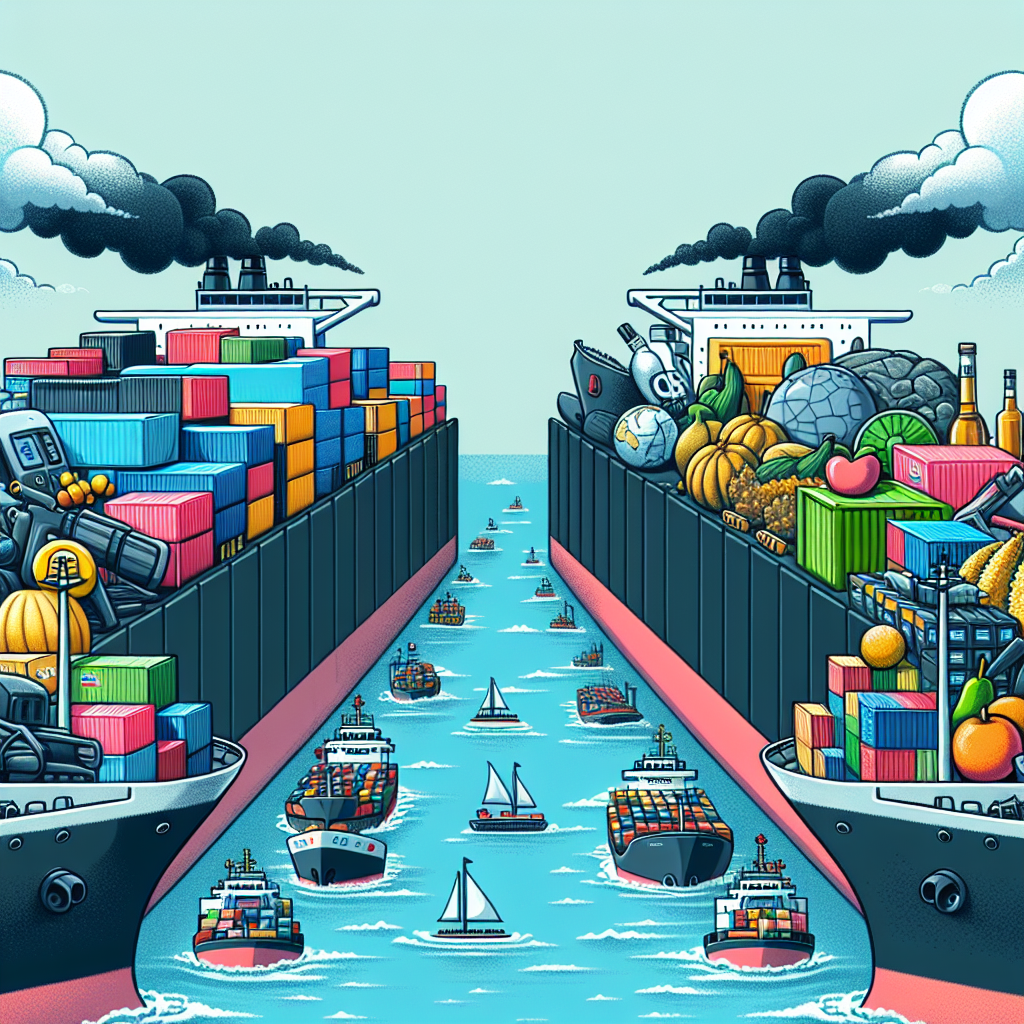Trade Truce: Uneven Tariff Reductions Signal a Fragile Peace
China and the U.S. have agreed to reduce tariffs imposed during their trade war, though not all tariffs will be removed. Washington has agreed to lower tariffs significantly, but certain previous restrictions remain. China, while reducing tariffs, keeps some measures on specific products like electric vehicles and rare earths, complexifying the truce.

In a significant development, China and the United States have declared a truce in their protracted trade war, following deliberations in Geneva. This move will see both nations rolling back the majority of tariffs and countermeasures by Wednesday.
The unresolved issue is a complete removal of tariffs. The United States is decreasing tariffs on Chinese goods from a staggering 145% to 30%, with China reciprocating by reducing tariffs to 10% from 125%. Despite this, tariffs imposed before April 2 remain, including measures dated back to Donald Trump's first term, as well as the 'de minimis' rule which exempts low-value packages from tariffs.
Furthermore, China has agreed to eliminate several non-tariff countermeasures enacted since April 2. However, complexities arise as China's addition of rare earths to its controlled export list and other measures targeting specific U.S. firms persist. The Ministry of Commerce did not provide immediate clarification on the rare earths restrictions, leaving questions about future trade interactions.
(With inputs from agencies.)
ALSO READ
CCI Tightens Grip on E-Commerce with Updated Predatory Pricing Regulations
U.S.-UK Breakthrough Trade Deal: A New Era in Transatlantic Commerce
Government Cracks Down on Illegal Walkie-Talkie Sales on E-Commerce Platforms
Trade Tensions: U.S.-China Tariff Deal Leaves E-commerce Packages in Limbo
Swiggy's Strategic Push: Expanding Amidst Quick Commerce Challenges










